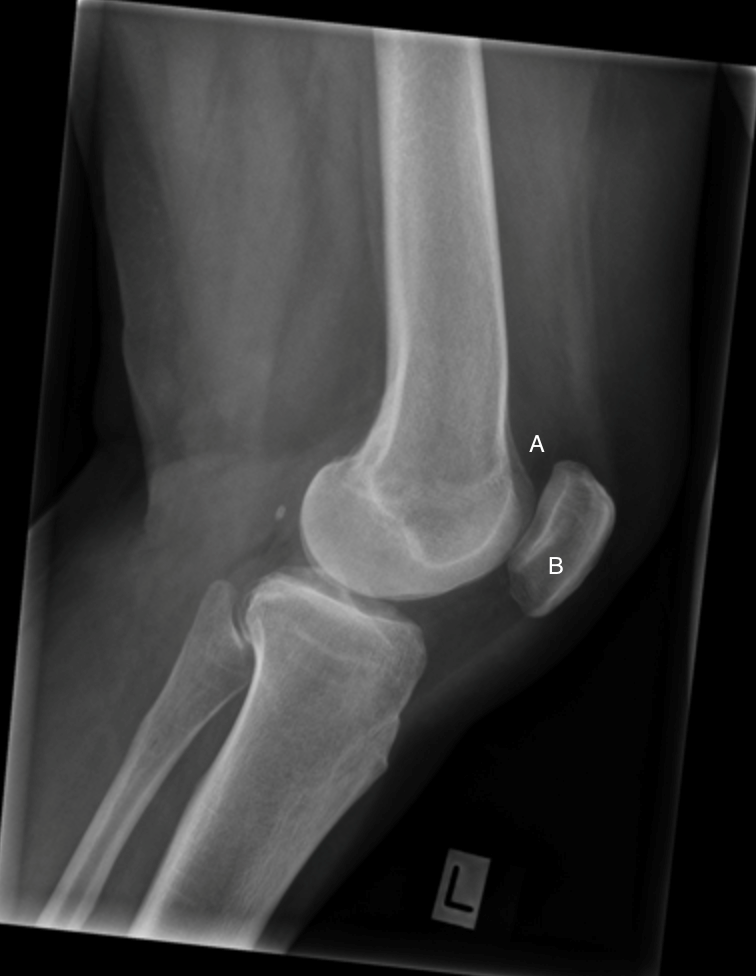Question:
My daughter had an MRI in both knees to rule out Osteochondritis dissecans lesions(had this condition once before but thankfully doesn't have it again). However, we see a rheumatologist because my daughter has Stickler Syndrome and is prone to early onset arthritis, particularly osteoarthritis. MRI didn't show ODL but it appeared to show edema in the quadriceps fat pad in both knees with the left being worse than the right.In general what causes edema in the above referenced area of the knee? I'm just trying to understand. Thanks for your consideration.
Answer:
Hello and thank you for your question! As you said, your daughter has Stickler syndrome which for a pediatric orthopaedic surgeon means we need to be concerned about abnormalities in her spine and in her knee joints. Children with Stickler syndrome have a problem with a specific type of collagen that is in the cartilage at the end of their knees. Normally in the knee, collagen acts like “steel beams” in a building, meaning collagen reinforces the cartilage in the knee, making it stronger. Unfortunately for your daughter, the collagen in the cartilage of her knees is NOT helping to reinforce it, making the cartilage soft and prone to injury. This is why many researchers believe children with Stickler syndrome get osteochondritis dissecans (OCD) lesions. In addition to soft cartilage, children with Stickler syndrome also have very loose ligaments around their knee. Putting all of this information together, your daughter’s loose knees and soft cartilage makes the entire knee prone to injury…more so than children without her syndrome.If you look at the picture, t
 he quadriceps fat pad (located in the area labeled A) is basically a collection of fat that sits just underneath the tendon that attaches to the top of your daughter’s knee cap (labeled B). If an MRI sees “edema of the fat pad”, this usually means that the fat pad underwent some type of trauma and is inflamed. I would caution you however that the MRI is so detailed at evaluating structures in our body, that sometimes it finds edema that is not actually related to an associated injury. Meaning that all because the MRI showed an abnormal finding in your daughter’s quadriceps fat pad, that does not mean that her fat pad is causing her pain.
he quadriceps fat pad (located in the area labeled A) is basically a collection of fat that sits just underneath the tendon that attaches to the top of your daughter’s knee cap (labeled B). If an MRI sees “edema of the fat pad”, this usually means that the fat pad underwent some type of trauma and is inflamed. I would caution you however that the MRI is so detailed at evaluating structures in our body, that sometimes it finds edema that is not actually related to an associated injury. Meaning that all because the MRI showed an abnormal finding in your daughter’s quadriceps fat pad, that does not mean that her fat pad is causing her pain.As mentioned in the first paragraph, the abnormal collagen and loose ligaments in your daughter’s knee means that your daughter’s knee is likely prone to trauma, which may be the cause of the MRI finding of “edema in the quadriceps fat pad”. I would encourage you to follow-up with your local pediatric orthopaedic surgeon, preferably one that specializes in bone dysplasia or sports medicine so that they can determine if the MRI finding is the actual source of your daughter’s knee pain.



 POSNA.org
POSNA.org